
WEBMining and milling. Markus Piro, Ksenia Lipkina, in Advances in Nuclear Fuel Chemistry, 2020 Open pit mining. Open pit mining refers to mining directly on the ground surface, thereby producing an open pit. This method is practical and costeffective when the uranium ore is loed near the surface (, within 100 m). Underground .
WhatsApp: +86 18203695377
WEBMay 4, 2020 · The copper smelting process produces plenty of copper slag every year, which is a hazardous solid waste, but a secondary resource. In the present study, the extraction of copper, nickel, and cobalt from copper slag was investigated through the process of sulfation roasting–water leaching and the process of sulfation .
WhatsApp: +86 18203695377
WEBMay 16, 2016 · A Copper Flotation Flowsheet. Because the copper in this type of ore usually assays only plus or minus 1% copper, the porphyry copper operations must be relatively large in order to be commercial. The flowsheet in this study illustrates a typical 3,000 ton per day operation. In general most operations of this type have two or more .
WhatsApp: +86 18203695377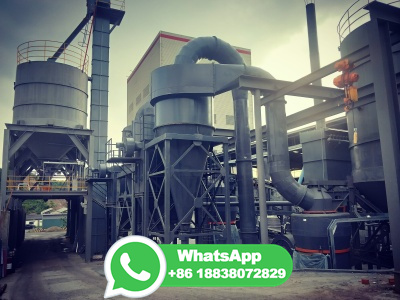
WEBJul 1, 1997 · Bioleaching is a simple and effective technology for metal extraction from lowgrade ores and mineral concentrates. Metal recovery from sulfide minerals is based on the activity of chemolithotrophic bacteria, mainly Thiobacillus ferrooxidans and T. thiooxidans, which convert insoluble metal sulfides into soluble metal sulfates. Nonsulfide ores ...
WhatsApp: +86 18203695377
WEBRhenium Recovery. Some molybdenite concentrates, a byproduct of copper ore, contain small amounts of rhenium (< %). The recovery of rhenium by molybdenum roaster is one of the main industrial sources of this rare metal. Molybdenum Iron Smelting. About 3040% of the industrial molybdenum oxide is processed into ferromolybdenum (FeMo).
WhatsApp: +86 18203695377
WEBThe paper presented outlines the scientific approach taken to improve the metallurgical efficiency of a modern plant at Athens Mine. The plant is based on the CIP method of gold recovery with copper concentrate as a major byproduct. In the early stages of the operation the overall gold recovery achieved averaged 61% and copper recovery was .
WhatsApp: +86 18203695377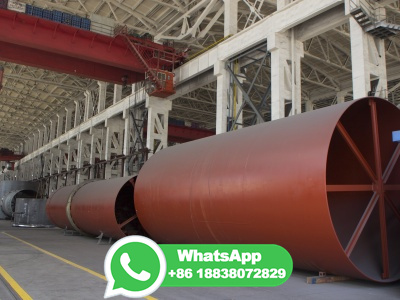
WEBJun 1, 2005 · Copper recoveries of 75 85% CuT were obtained after 180–250 days of total leaching time, depending on the copper grade, the mineralogical composition, and the acid consumption of the ore ...
WhatsApp: +86 18203695377
WEBSep 24, 2018 · Copper oxide ore has a complex composition, and a low recovery rate is often achieved via the traditional sorting method. A new combined process of flotation–highgradient magnetic separation–leaching is proposed here to recover copper minerals. The test results showed that the flotation process was successful when using .
WhatsApp: +86 18203695377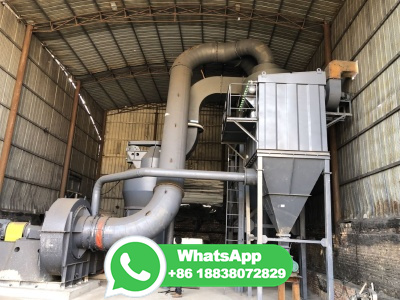
WEBMar 1, 2022 · Doing so reportedly leads to an ore recovery higher than 90% (TOMRA Sorting Solutions, 2020). ... copper–gold ores: ... To enhance the technical and practical appliion of a bioadsorbent in the metal recovery process, it is mandatory to have an appropriate desorption step in order to release the biosorbentsequestered .
WhatsApp: +86 18203695377
WEBAug 1, 2020 · Owing to the commodity nature of bulk metals, conversion cost is the key determining factor for industrial feasibility. Using the Hall–Héroult process as a benchmark for the commodity production of metal by electrolysis, Allanore [19] provides metrics that a hypothetical electrolytic cell must achieve for industrial copper .
WhatsApp: +86 18203695377
WEBThe Mined copper ore is initially crushed, milled and concentrated by ore beneficiation process into a fine, gray powder called copper concentrate. If the nature of ore is sulphide, froth floatation process is adopted to do the beneficiation wherein the 1 % copper containing ore is converted to more than 25 % copper containing concentrate. If ...
WhatsApp: +86 18203695377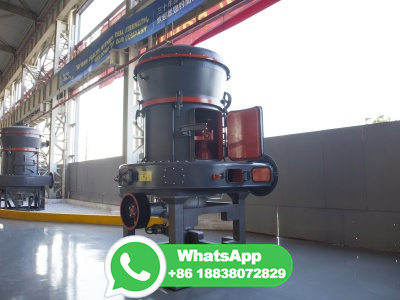
WEBJan 1, 2009 · At least one method of Iron ore biomining, ... through a process known as ''biomining or bioleaching'' 12,13,40,59,60 ... the use of microorganisms in metal recovery such as copper has increased ...
WhatsApp: +86 18203695377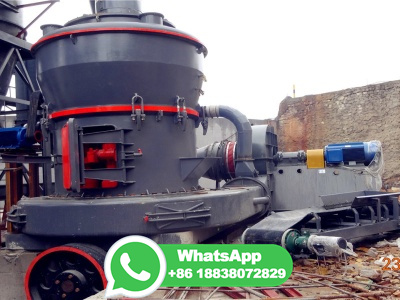
WEBMar 28, 2021 · Insitu recovery, or ISR, is an approach to mineral extraction which combines drilling, rock fracturing and chemical leaching directly at the drill site, creating minimal surface disturbance of the landscape. Sometimes called insitu leaching or solution mining, ISR initially involves drilling holes into the ore deposit.
WhatsApp: +86 18203695377
WEBNov 8, 2023 · This pretreatment significantly reduced acid consumption from tons to tons, enabling the recovery of % of the copper through acid leaching. The leaching process utilized a 1:2 solid–liquid ratio (S:L), agitation at .
WhatsApp: +86 18203695377
WEBAug 30, 2022 · This process strategy also lent itself to effectively handling the process effluents of a bioleach process to extract copper from secondary copper sulfides like covellite and chalcocite. ... Vasters J, Drobe M, Sand W, Willscher S (2014) Biomining: metal recovery from ores with microorganisms. In: Schippers A, Glombitza F, Sand W .
WhatsApp: +86 18203695377
WEBJun 30, 2022 · The results show that a plant to be installed in Chile to process copper tailings for the recovery of vanadium pentoxide using hydrometallurgical processes would generate the processing cost of 6,218 US/t of V 2 O 5. It is assumed that this plant would have annual production of 4,400 t, using average ore grade of %, and a recovery .
WhatsApp: +86 18203695377
WEBMar 23, 2021 · Gold miners are facing a reserves crisis, and what is left in the ground is becoming more and more challenging to gold reserves, which require more sophistied treatment methods in order to achieve oxideore recovery rates, correspond to 24 percent of current gold reserves and 22 percent of gold resources .
WhatsApp: +86 18203695377
WEBHeap leaching is considered to be an economical, costeffective process to treat leangrade ores. Its advantages compared to conventional flow sheets can be understood in terms of. 1. elimination of costly fine grinding and. 2. ability to treat even very leangrade ores (, %–% for copper sulfides and 3–5 g/t for gold ores).
WhatsApp: +86 18203695377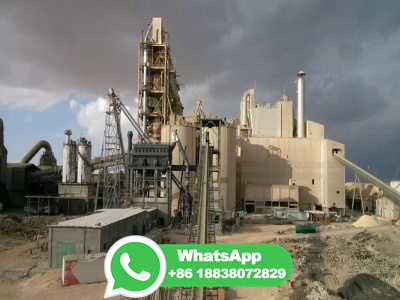
WEB3 days ago · Special bacteria are sometimes used as part of this process. After recovery, the metals may be still further refined (purified) or alloyed with other metals, as in a copper refinery or steel mill. Mining, processing, and refining are thus successive steps in the utilization of an ore deposit to yield a metal. William Andrew Hustrulid
WhatsApp: +86 18203695377
WEBFeb 17, 2023 · If the potential production uplift is extended across all metals produced from sulfide ores using a similar production process, while valued at forecast market prices (minus additional processing costs), 3 Based on a copper price of 10,000 per metric ton and a range of forecasts across other sulfideborne metals. an annual value pool of 20 ...
WhatsApp: +86 18203695377
WEBSep 1, 2020 · Dissolution of sulfide ores requires oxidative leaching conditions, then ISR can be conducted by applying bacterial leaching, a technology which is established in the copper industry for the treatment of copper sulfide ores in heaps and dumps (Ghorbani et al., 2016; Petersen, 2016).Therefore, the choice of the permeability stimulation approach .
WhatsApp: +86 18203695377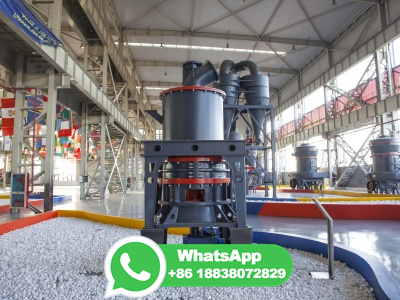
WEBMay 21, 2020 · The cyanidation of copper flotation tailings containing sulfides for gold recovery is an example of the formation of cyanide complexes with copper and silver during the leaching process [11,12]. Figure 4 shows the MLA Automated Minerology image of an ore sample from a copper mine in Mexico, containing chalcopyrite and bornite as .
WhatsApp: +86 18203695377